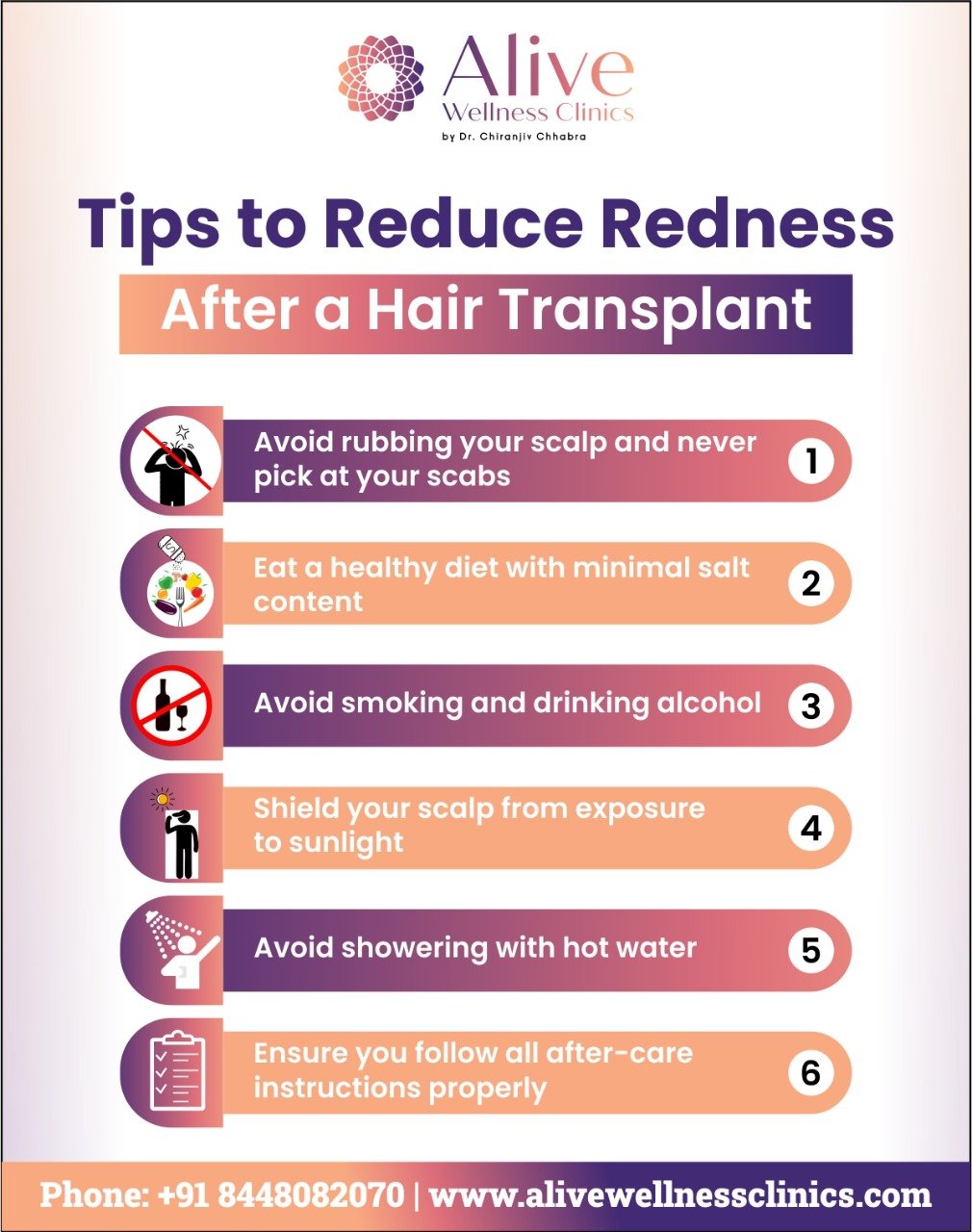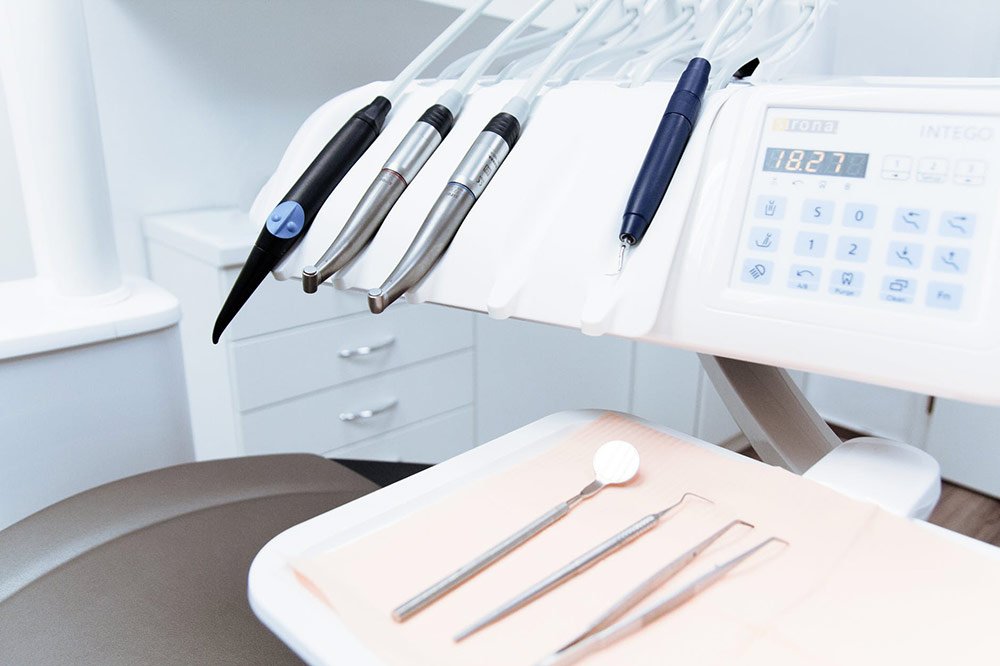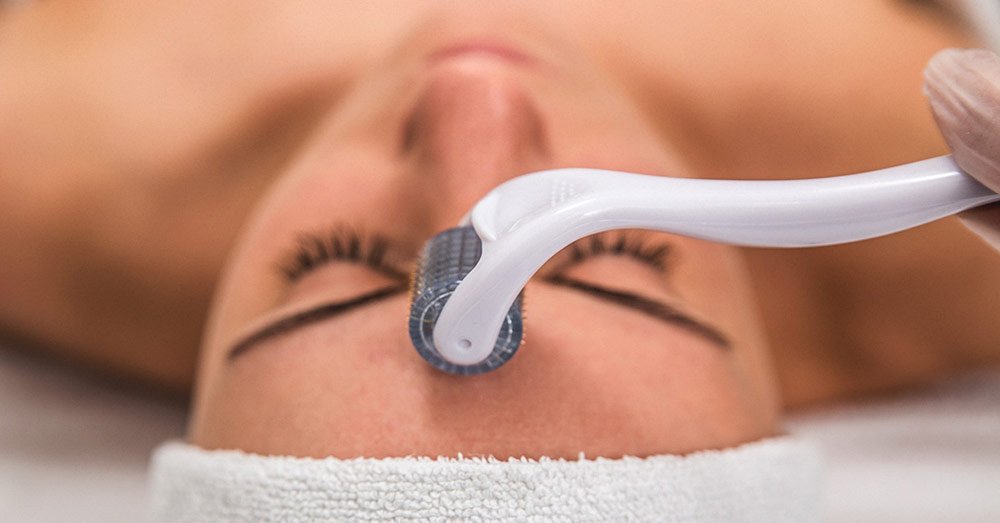Many people, irrespective of age, experience hair loss which takes a toll on their mental and physical health. It not only shatters the self-confidence of an individual but hurts one’s self-esteem as well.
With the advancements in medical science, there are many treatment options available these days. In addition to various topical and medical treatments, hair transplant surgery has emerged as one of the top treatment options for curing baldness.
A hair transplant is one of the most sought-after cosmetic treatments these days. With an increase in the incidence of baldness in both men and women, this treatment comes as a savior for such individuals. Approximately 80-85% of men undergo hair transplant surgery.
The advantage of this procedure is that it produces natural-looking results, and the results, in most cases, are permanent. The methods used for hair transplant surgeries are less painful, and the patient can resume their normal lifestyle soon.
However, to make these results permanent and long-lasting, the patient must observe certain precautions after the surgery.
Table of Content
Feel free to skip ahead if one topic catches your eye:
- How Does Hair Transplant Recovery Looks Like?
- What Should You Avoid After a Hair Transplant
- Instructions to Follow After a Hair Transplant
- Takeaway
- FAQs
What does Hair transplant recovery look like?
The recovery after a hair transplant will depend on the complexity of the procedure.
There would be bandages covering the scalp for 2-3 days. After the surgery, the scalp may appear very tender and sore. Painkillers and anti-inflammatory pills can manage this.
After 2-3 days of surgery, the hair can be washed using a mild, antimicrobial shampoo and conditioner. This includes gently washing the donor area and the recipient area a few times to clean it properly, but the use of a towel for drying should be avoided. This step helps remove the scalp flakes and crust and doesn’t cause infection.
The stitches are usually removed within a week to 10 days.
Since vigorous activity can increase the blood flow to the scalp, causing the incisions to bleed, it needs to be avoided for at least 3 weeks.
In most cases, people can return to their normal routine within 2-3 days of surgery. The transplanted hair will fall off within 2-3 weeks of surgery. However, within a few months, new hair begins to grow, and approximately 60% of hair growth is visible after 6-9 months.
What to Avoid After a Hair Transplant
- Sleeping flat – swelling around the surgical site is a very common complication. The patient should always sleep with the head elevated at a 45-degree angle for the first 7 days. This helps in preventing swelling and helps in better and quicker wound healing. Sleeping on the stomach or side and rubbing the new hairline against the pillow should be avoided.
- Hair wash – hair wash should be avoided for the first 48 hours after the transplant. However, hair can be gently washed on the third day of the surgery. A mild shampoo should be applied gently on the scalp with hands. Rubbing or scratching too hard should be avoided.
- Hairstyling products – most of these products contain harsh chemicals which can be harmful post-transplantation. The transplanted follicles are very fragile for several weeks, and therefore the use of any chemical products should be avoided.
- De-hydration – drinking an adequate amount of water and keeping the body hydrated helps in faster recovery after the transplant.
- Exposure to extreme temperatures – applying ice directly to the transplant areas of the scalp and direct exposure to the sun should be avoided. These conditions might make the transplanted area feel itchy and delay the recovery process.
- Sweat and strain – heavy strenuous physical activity and steam/ sauna baths should be avoided for the first 7 days of transplant. These activities generate a lot of sweat which can be detrimental to the recovery from the surgery.
- Alcohol and smoking – Alcohol consumption increases the recovery time, causes discomfort, raises blood pressure, reduces the blood supply of various important nutrients to the head, and is a known de-hydrant. Therefore, it should be avoided for at least the first five days after surgery.Cigarettes should be avoided as they increase blood pressure.
- Junk food and supplements – junk food or fast food, juices, drinks, and baked goods are particularly devoid of any nutrients. These foods are laden with sugar and fat and thus may deprive the body of essential nutrients important for hair growth.
Instructions to follow after hair transplant
When deciding to get a hair transplant surgery, it’s not only important to choose an expert and experienced surgeon but knowing the post-operative processes is equally important for successful results.
To make the results of the surgery fruitful and long-lasting, there are some steps for healing and recovery to be kept in mind.
The transplanted hair is fragile and requires care to take root completely. Following a healthy and comprehensive hair care routine is important for healing and recovery.
Below are mentioned some tips for post hair transplant care:
- The newly grafted area should be kept moist – this can be easily done by frequent misting the hair with a saline solution or an ointment like Aquaphor or as advised by the surgeon. This procedure is important to protect the implanted hair from drying.
- Gentle hand washing of transplanted hair – after 1-2 days of misting, the transplanted can be hand washed gently. Washing of hair directly under the shower should be avoided. A gentle shampoo can be used, and the hair can then be rinsed with lukewarm water.
- Sleeping position – to avoid the effect of gravity on the transplanted hair, the person who has received the transplant should sleep in a semi-upright position. Sleeping straight should be avoided. One should try and sleep in a recliner position with an upright angle of about 45 degrees.
- Prevent swelling and irritation – post hair transplantation, gentle hair cleansing should help to reduce any scabbing and itching. Also, sleeping in a fixed position for the first three nights will facilitate the movement of fluid into the forehead, helping in reducing the swelling.
- Avoid vigorous physical activity – restricting heavy physical activity post-transplant helps in reducing swelling and pain. Exercises such as walking, yoga, and stretching can be done post-transplant. After 7-10 days of transplant, one may gradually increase the intensity of exercise.
- Adopt soft hairstyles – loose hairstyles like ponytails, braids, and open hair works the best post-transplant. Tight hairstyles and hair conditioning products should be avoided as they can make the new transplant too stiff or too big
- Adequate diet – a nutritious diet can help maintain healthy hair after a transplant. Foods like walnuts, eggs fish, blueberries, and spinach help in providing essential nutrients like essential fatty acids, biotin, zinc, sulfur, vitamin E, iron, and selenium. These nutrients play a vital role in promoting the growth of newly transplanted hair.
Take away
With modern techniques and technology, hair transplant has emerged as a successful treatment for hair loss among all age groups. However, patience is of utmost importance to make the treatment effective and long-lasting.
Following a proper hair care routine and post-transplant instructions may make the recovery process faster and life-long treatment. It is important to follow the instructions properly for good hair growth and maintenance of newly grown hair.
FAQ
- Are there any complications in hair transplant surgery?
Ideally, there are no surgeries without complications. Since this is a non-invasive surgery, the risk of complications is very rare, and the procedure is comparatively safe.
- What causes swelling after surgery?
Some drug solutions are injected to reduce pain and minimize bleeding during surgery. The water, due to gravity, might descend and result in swelling for the first 2-3 days of surgery. The swelling is mild and temporary and can be treated by using ice.
- When can the patient resume normal work?
It is advisable to rest for 2-3 days after surgery to minimize the pain and the swelling. After proper rest and removal of bandages, the patient can resume their normal work.
- When can the patient wash their hair/ transplanted site?
The patients can wash their hair the very next day. However, care should be taken that the scalp is washed gently.
- Is it essential to use a cap?
The cap facilitates one to hide the graft and protect the graft from the sun or any other external injuries.
- When can the patients start with exercise?
Exercises should be avoided for the first 2 weeks as any stretch in the neck might also stretch the stitches. However, after 2 weeks of rest and recovery, one can resume exercises.




